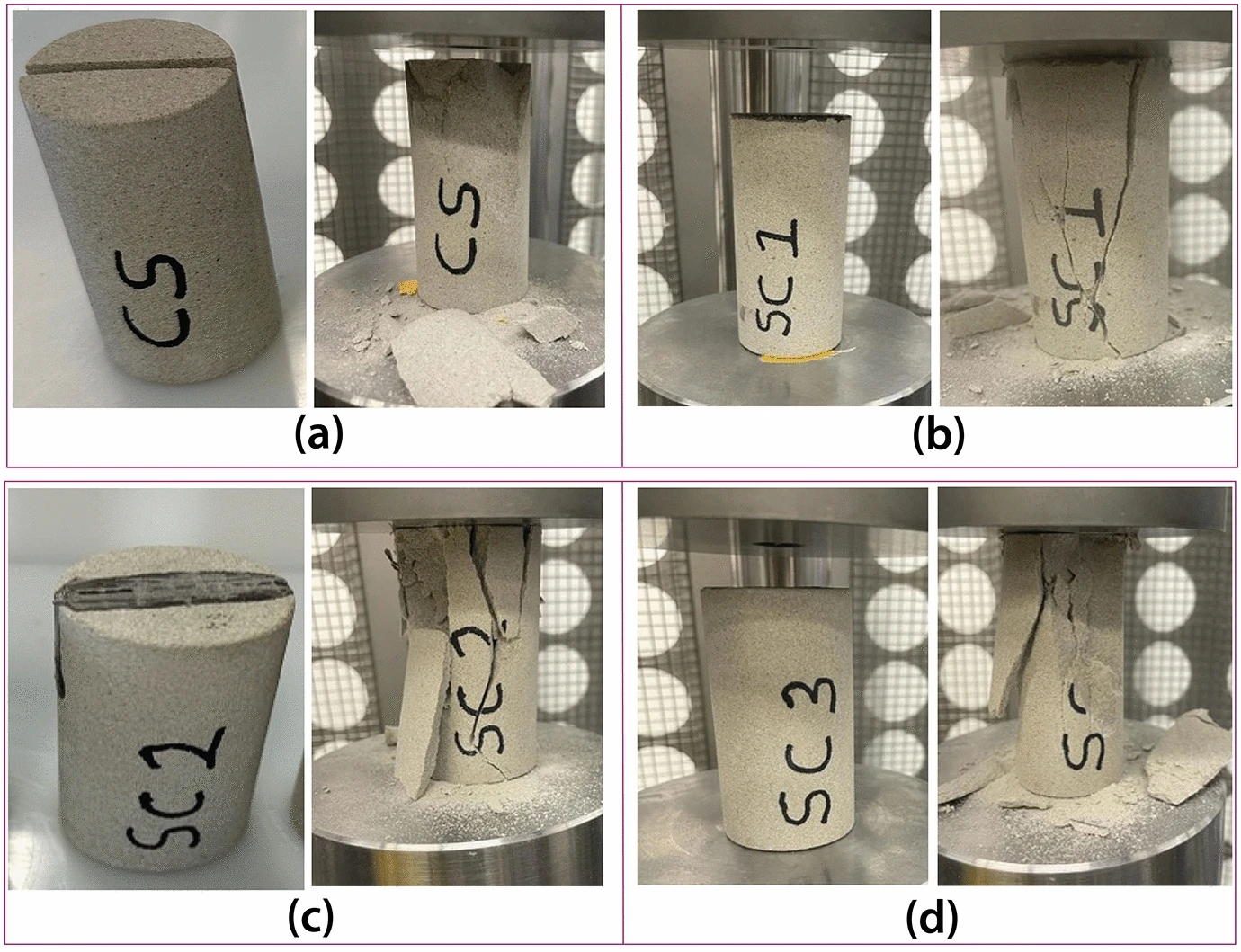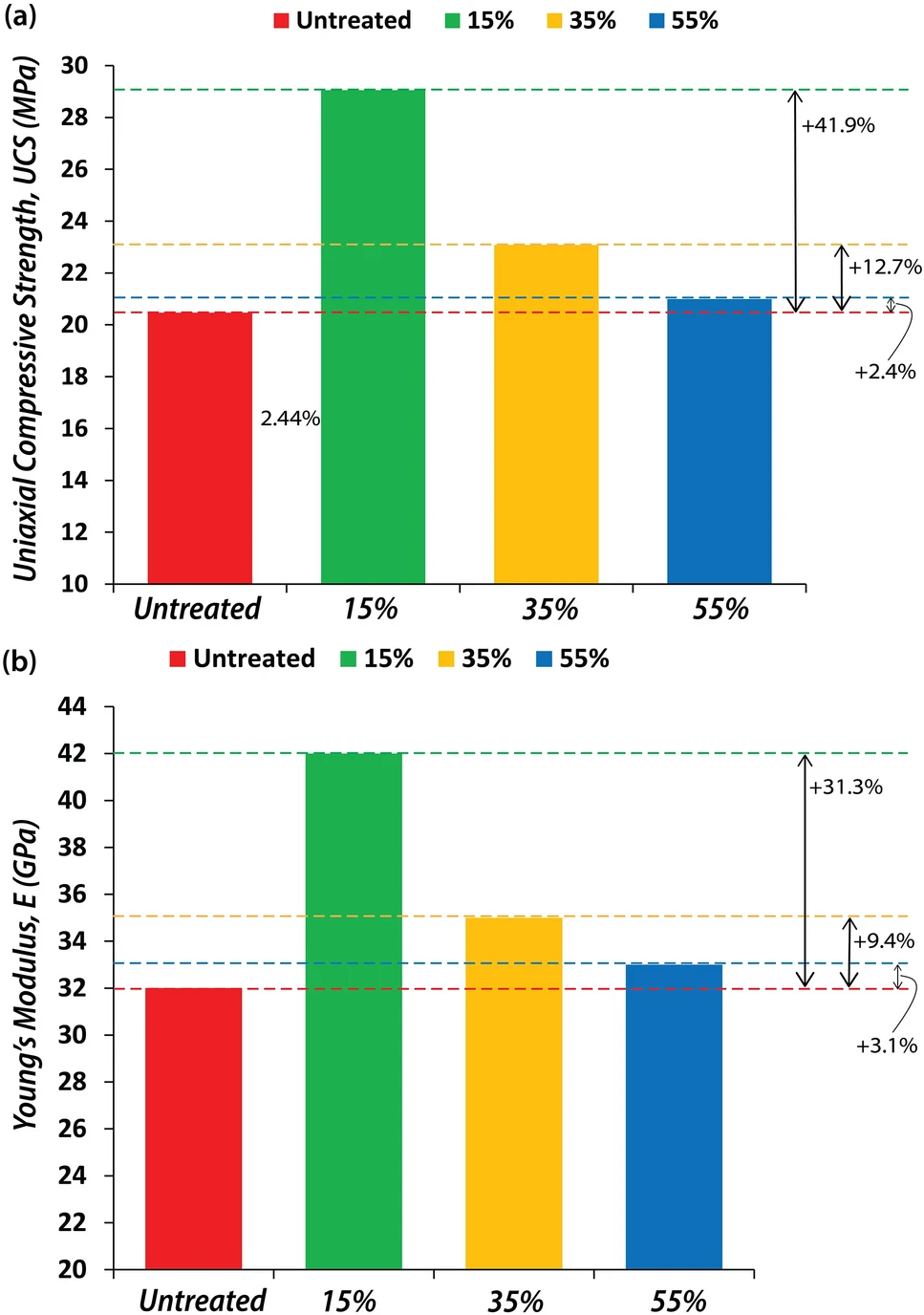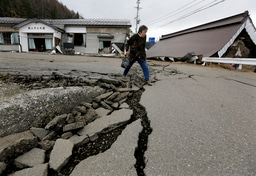Can Nanomagnetic-Based Cementitious Material Seal Cracked Rocks?
Published in Earth & Environment and Civil Engineering
Rock crack cementing/sealing is important in earth engineering applications, where it is used to inject grout (cementitious materials) into cracks and voids in rocks (located either on the surface or in underground). This process enhances hydraulic properties, provides greater strength, reduces permeability, and improves overall rock stability. Cementitious materials can be used to fill the cracks and openings in rocks to improve their bonding/sealing efficiency, thus enhancing the overall strength of the rock and preventing anti-seepage. Currently, advancements in cementing technologies have introduced innovative methods, which include using nanoparticles, cementitious materials, and chemical cementitious materials, as effective solutions for this purpose. However, because of the limitations of traditional cementitious materials, such as limited resistance to dispersion, inadequate bonding properties, inconsistent mixture design and viscosity, injection pressure, and in-situ stress, an alternative method for in-filling of underground rocks containing cracks and openings is necessary. To address these issues, we developed and proposed a novel nanomagnetic-based cementitious material (which contains nanomagnetic powder, fly ash, and epoxy resin) and used the proposed nanomagnetic-based cementitious materials to fill cracks in rocks, and further assessed if it can seal and improve the strength of the cracked rocks for geo-engineering and underground infrastructure projects. This will inform the civil engineering community if the material has the potential to enhance the hydraulic properties, reduce permeability, and improve the overall mechanical stability of cracked rocks.

The result consists of evidence from flow performance tests, rock density, micro-scale imaging, and strength quantification. The flow performance test revealed distinct variations in the flow rates of the nanomagnetic cementitious material mixtures, highlighting the impact of different proportions of nanomagnetic powder and fly ash. The mixture with 15% nanomagnetic powder (MS1) showed an intermediate flow rate, while the mixture with 35% nanomagnetic powder (MS2) had the lowest flow rate. The mixture with 55% nanomagnetic powder (MS3) achieved the highest flow rate. These results indicate that the flowability of the nanomagnetic cementitious material is influenced by the ratio of nanomagnetic powder to fly ash in the mixture. The study also measured the rock density of both pre-treatment and post-treatment core samples. The results showed an increase in rock density after treatment, suggesting a reduction in void space within the rocks and occlusion of the cracks. This increase in density indicates that the nanomagnetic cementitious material effectively filled and bonded the cracks, creating a denser structure. Scanning Electron Microscopy (SEM) analysis was used to evaluate the microstructure of the rock samples before and after treatment. The SEM images revealed that the untreated rock samples had distinct mineral grains with capillary pore spaces. After cementing, the rock surface was covered with the hardened cementitious material, and the mineral grains were embedded within the cementitious material matrix. This observation suggests that the nanomagnetic cementitious material effectively penetrated and adhered to the crack surfaces, enhancing the bonding strength.

The mechanical properties of the rock samples were assessed using uniaxial compression tests. The results showed that the uniaxial compressive strength (UCS) and Young's modulus (E) of the treated rock samples improved significantly compared to the untreated samples. The mixture with 15% nanomagnetic powder (MS1) yielded the highest strength and stiffness, indicating that this composition provided the most effective reinforcement. The UCS of the treated samples increased by up to 41.9%, and the stiffness improved by up to 31.3%. The study concludes that the nanomagnetic cementitious material is an effective, eco-friendly alternative to traditional cement-based materials. The optimal mixture, containing 15% nanomagnetic material, enhances the rock's density and mechanical properties, making it more resistant to deformation and failure. The nanomagnetic cementitious material offers several advantages, including improved flowability, better bonding strength, and increased durability. Additionally, the use of nanomagnetic materials and fly ash contributes to the sustainability of the cementing process, reducing the environmental impact compared to traditional cement-based slurries.
Overall, the research provides new insights into the development of advanced rock-cementing materials for reinforcing cracked rocks. The findings suggest that the nanomagnetic cementitious material can significantly improve the stability and strength of rock formations, making it a promising solution for geo-engineering and underground infrastructure applications. The study highlights the potential of nanomagnetic cementitious material to enhance the performance of rock-binding operations, offering a sustainable and effective alternative to traditional methods.
Follow the Topic
-
Discover Civil Engineering

This is a fully open access, peer-reviewed journal that supports multidisciplinary research and policy developments across the field of civil engineering.
Related Collections
With Collections, you can get published faster and increase your visibility.
Management in Civil Engineering
Management in civil engineering is an important field as it enables civil engineering managers to combine their technical knowledge with management skills to effectively design, plan, and oversee construction projects. By demonstrating their management skills, they can complete construction projects on time, within budget, and to quality and safety standards. Since construction projects usually involve huge capital investment, management is considered as a prerequisite tool in modern civil engineering.
To ensure the success of a construction project, a myriad of management skills are required. For example, it is crucial to enhance the site environment, with a focus on various critical dimensions, such as individual and collective performance, employee well-being, and project efficiency. Research may also involve investigations that employ a multidisciplinary analytical framework, drawing insights from diverse areas, including behavioral sciences, work psychology, and occupational risk and health, to name just a few.
We are looking for contributions that explore a wide range of topics within the field of management in civil engineering. Potential topics include, but are not limited to:
- General management (office, human resources, leadership, strategic planning, sales and marketing, risk, change, team, communication, training and development, etc.)
- Project management
- Contract management
- Cost and financial management
- Information management
- Professional practice and development
- Ethics, globalization, and de-globalization issues
Papers discussing ways to inform, develop, and inspire sustainable practices are particularly welcome. Research papers, review papers, and conceptual papers are all invited.
Articles will go through all the journal’s standard peer review and editorial processes outlined in its submission guidelines.
This Collection supports and amplifies research related to SDG 11 Hub: Sustainable Cities & Communities.
Keywords: general management, project management, contract management, cost and financial management, information management, professional practice and development, ethics and globalization issues, sustainable management.
Publishing Model: Open Access
Deadline: Jan 31, 2026
New Trends in Additive Manufacturing for Sustainable Construction Materials
The market for 3D printing buildings is experiencing rapid growth worldwide. As reported by Straits Research, the global 3D printing construction market size was worth USD 1,10 billion in 2021 and it is expected to reach USD 585,84 billion by 2030, growing at an impressive CAGR during the upcoming period (2022-2030). Construction companies, technology providers, and architectural firms are actively exploring and investing in 3D printing technologies to enhance efficiency, reduce costs, and address sustainability concerns. In few words, the implementation of additive manufacturing in the construction industry is globally on the rise.
In this context, additive manufacturing has become a very attractive topic for researchers too, specifically for those working in the field of construction materials, design of structures and construction technologies. Current research aims to solve some gaps still currently present when designing, testing, assessing, and modeling 3D printed structures.
With this Topical Collection, entitled “New Trends in Additive Manufacturing for Sustainable Construction Materials”, we invite the scientific community to report on the most recent advances, novel insights, and case-studies on the following topics (but not limited to):
• Technologies for AM of construction materials;
• Development, optimization, testing eco-efficient printable materials;
• Durability, deterioration mechanisms, service life evaluation of 3D printed building materials;
• Artificial Intelligence applied to 3DP, material development and printing processes;
• Structural analysis, modelling, assessment and testing of additively manufactured materials and construction elements;
• Structural health monitoring of 3D-printed structures;
• Life cycle analysis (LCA), life cycle cost (LCC) and multi-criteria decision analysis (MCDA) of additively manufactured building materials and construction elements;
• Integration of AM into project management and building information modeling tools (BIM);
• Legal frameworks in the field of construction authorization practices for 3D-printed structures;
• Relevant case-studies (design, testing, field production).
Keywords: Additive manufacturing; sustainability; 3D printing; LCA; recycled materials; concrete; metals; earth-materials; geopolymers; digitalization.
Publishing Model: Open Access
Deadline: Feb 28, 2026




Please sign in or register for FREE
If you are a registered user on Research Communities by Springer Nature, please sign in